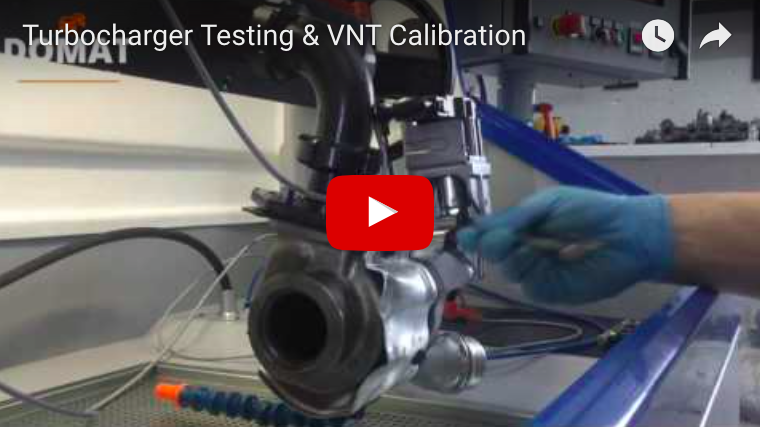GT1544V Turbocharger (PSA)1.6 HDi 110HP Engine Oil Carbonisation Problem

We will describe the causes of turbocharger failures on the 1.6 110hp PSA engine widely used throughout the automotive industry.
Failure of successful operation of the turbocharger can be caused by external influences and not faulty turbocharger components. In particular residual engine carbon/sludge penetrating the turbocharger and damaging it. This risk can be reduced by, ideally, removing all engine carbon/sludge, but often this is very difficult to do. However, risk can be reduced by following all the procedures set out below
• Turbocharger oil feed pipe & banjo bolts must be changed
• Oil pump should be removed and checked
• Sump must be removed and cleaned.
• Check that engine has latest specification sump and dipstick.
• Oil strainer (pick up) must be removed and replaced due to residual carbon/sludge build up
• Oil cooler and filter assembly should be removed and cleaned
• Charge air cooler to be removed, cleaned thoroughly and any oil inside drained off
• Inlet and outlet hoses to be checked for damage and cleaned
• Exhaust system to be checked for contamination/blockage (Catalyst, DPF etc.)
• Vehicles with DPF: carry out static regeneration according to manufacturer's guidelines
• Brake vacuum pump to be removed and checked for debris/carbon - clean as necessary
• New oil filter and oil to be fitted
• Fuel injector gaskets to be checked as not burnt or compromised - replace as necessary
• Oil drain pipe checked for blockage/restrictions and cleaned as necessary
• Oil flow must be checked:-
• Fit turbocharger to engine leaving oil return pipe off
- Install a longer oil return line and feed into suitable container
- Start engine and idle for 60 seconds, then switch off engine
- Measure volume of oil in container
- 60 seconds of idle should produce at least 0.3 Litres of oil
- Repeat test two or three times to confirm oil flow is correct
- During this test. do not allow engine to run below minimum oil level!!
- Vehicle should be driven 20 to 30 miles then the oil/filter and banjo bolt/filter must be changed
- Advise oil/filter and banjo bolt/filter are changed at 3000 mile intervals
WARNING: To reduce the risk of premature turbocharger failure by residual carbon/sludge, you must ensure you follow the above procedure. You should NOT fit the turbocharger where you know, or have reason to believe, that the risk cannot be overcome due to the possible age of the application and/or lack of service history etc. In these circumstances you must decide how best to prepare the application in order to avoid damage to the turbocharger once fitted.
The PSA 1.6HDi, DV6TED4 engine is a highly sophisticated low emission, high power diesel unit. It is used in many different applications; Citroen, Ford, Mazda, Mini, Peugeot and Volvo.
Due to the engine being clean and powerful, it is designed to operate at high temperatures, which demands the very best lubricants. These lubricants must be maintained in peak condition and PSA have fitted an in-line oil filter to the turbo and an integral oil cooler / oil filter to this engine to ensure this. However there is a drawback to this; reports in the field indicate that if the engine has been operated with the oil level below normal limits, this may potentially cause a high concentration of carbon in the oil. This may then lead to blockage of the in-line filter, oil cooler and main oil filter, which will eventually bring on premature turbo failure. The vacuum pump may also suffer from this same type of contamination.
However, due to its high operating speeds (230,000 revs per minute) the turbo will usually be the first to show signs of damage. This can happen from 30,000 miles onwards if the oil level and correct oil change intervals / procedure have not been adhered to.
Experience to date suggests that the carbon build up in this application is particularly difficult to remove.
Comments
No posts found



